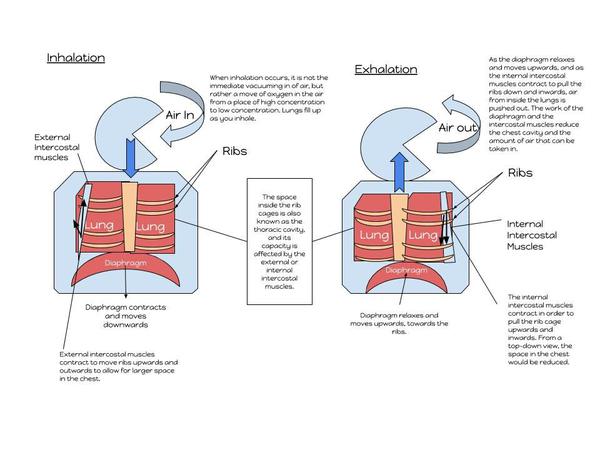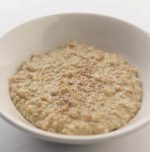Breathe better with pursed lip breathing

Breathing is essential for life, but for many with lung conditions, it becomes a struggle.
Pursed lip breathing is a simple technique that helps people manage breathlessness and improve lung function.
It’s especially helpful for those with chronic obstructive pulmonary disease (COPD), including emphysema and chronic bronchitis.
This method slows breathing and helps the lungs work more efficiently.
It involves inhaling through the nose and exhaling slowly through pursed lips. Doing this regularly clears stale air from the lungs and allows more oxygen in.
To begin, relax your body. Drop your shoulders and release your tongue from the roof of your mouth. Try closing your eyes to focus.
Follow these steps:
- Start by inhaling gently through your nose for about two seconds.
- Then, purse your lips as if blowing out a candle.
- Exhale slowly through these pursed lips for four to six seconds.
- Repeat this breathing cycle to promote relaxation and improve airflow, especially during physical activity or breathlessness.
This technique keeps airways open longer. It makes each breath more effective. It reduces the need for quick, shallow breaths and relieves pressure on weakened lungs.
People with COPD often feel breathless due to trapped stale air. Their diaphragm doesn’t work properly. As a result, they rely on chest and back muscles to breathe. This can be tiring and uncomfortable.
Pursed lip breathing helps the diaphragm function better by clearing stale air and easing airflow. Use this method during activities like climbing stairs or lifting objects.
It may take practice, but it becomes easier over time. Just 5 to 10 minutes daily can make a difference.
Benefits include:
- Slower, controlled breathing
- Less strain on chest muscles
- Easier breathing during activity
- Improved oxygen flow
- Better exercise tolerance
Pursed lip breathing can be part of a supervised pulmonary rehabilitation program. These programs also offer support and improve the quality of life.
Image Credit: Quinnienguyen4, CC BY-SA 4.0, via Wikimedia Commons
Image Reference: https://commons.wikimedia.org/wiki/File:Inhalation_and_Exhalation_Diagram.jpg









